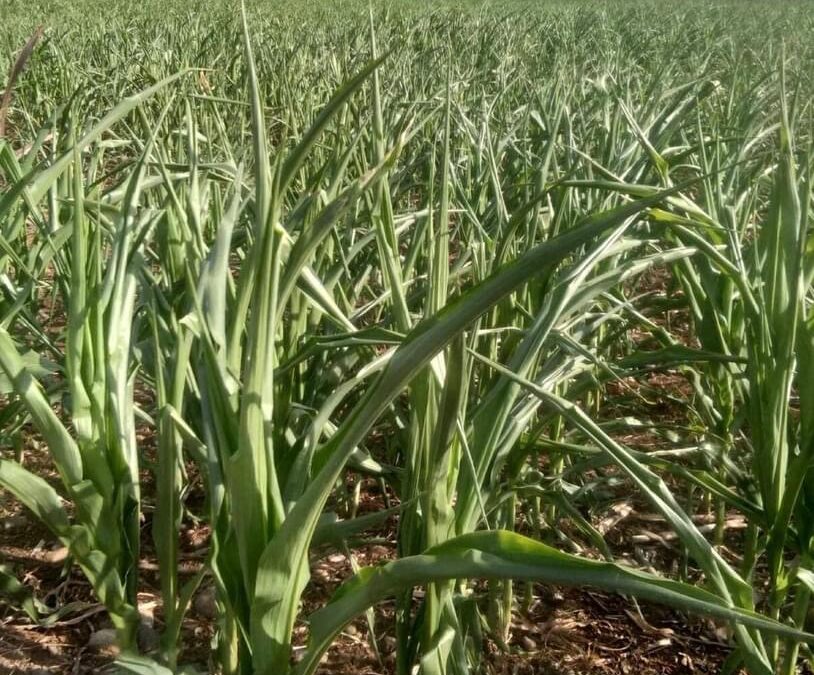
Manny Piñol
While standing Corn crops in Central Mindanao withered after several rainless weeks, Sorghum fields in their first ratoon show vigorous growth unaffected by the absence of rain.
In our Kidapawan City Demo Farm, Sorghum in the first ratoon are already producing grains-bearing heads a little over one month after our first harvest.
This unique characteristic of withstanding long dry spells and the ability to grow tillers or “ratoons” allowing farmers to harvest three times with just one planting, make Sorghum a subject of interest by small feed mill operators in Mindanao.
Sorghum, an African grains crop whose yield was improved after genetic improvements in the U.S. now stands as the reliable source of plant protein for feed formulation with a very high crude protein content of 11%, compared to Corn’s 8%.
Grown in marginal areas, Sorghum is now proving to be a reliable complementary source of plant protein to the traditional Corn-based feed formulation.
Among the big feed mills which had started incorporating Sorghum in their feed formulation is the CP Foods Philippines, a subsidiary of the CP Foods of Thailand, which operates a feed mill in Polomolok, South Cotabato.


First two photos taken by Frederick Frades show Sorghum in the first ratoon producing heads with grains while the third photo taken by Genio Demetillo shows withering Corn in Alamada.
While the Sorghum production of our company, Southseas Agri-Aqua Ventures, inc., is not large, CP Foods Phils. has started buying Sorghum grains in small volume.
Right now, the company is conducting an analysis of the White Sorghum from India which we produced while awaiting our next harvest of the Sorghum Bicolor from Texas.
With the latest climatic challenge faced by Corn farmers, interest is growing on planting Sorghum and hopefully by next year, with the inclusion of Sorghum in the Feed Grains Program of the Department of Agriculture, the area will expand. (Manny Piñol)


